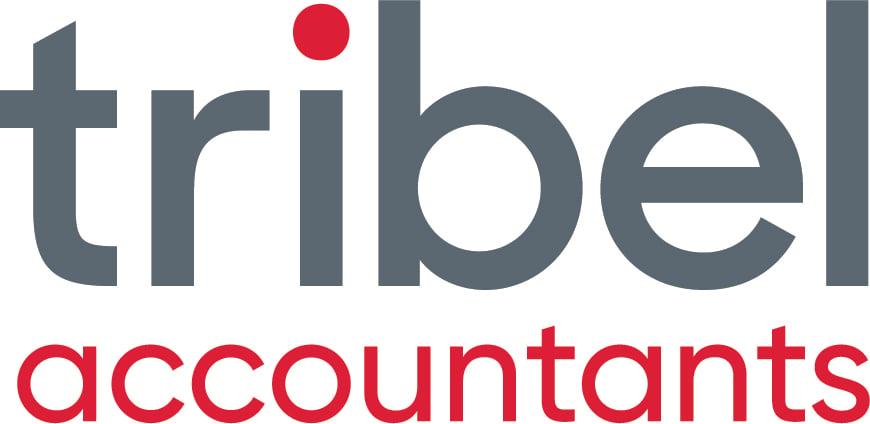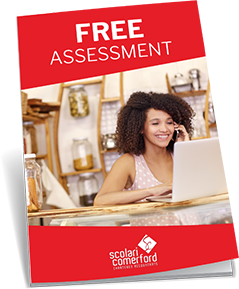INTRODUCTION:
Most people want to know if they have made a profit and yes it's true it certainly helps and should be a major goal when sitting down at the end of the year with your small business accountant. How many owners though do understand the balance sheet? A balance sheet should be a snapshot of your assets and liabilities at a certain point in time (usually 30 June).
As small business accountants we should explain exactly what these numbers mean and whether there are any warning signs the business owners should be aware of.

Figure 1: Knowing how to read a balance sheet is a skill for life.
1. Current Assets
These are reasonably straight forward and will usually contain the following:
- cash at bank;
- trade debtors (or receivables);
- inventory or stock;
Naturally the more cash at bank there is the better it will be for cash flow.
Examine the trade debtors figure (where customers owe you money). Are these all recoverable?
With inventory, it will usually be shown at an average cost. Is there any old stock that would be less than cost or what you can sell it for?
If the debtors are not recoverable consider writing them off or allowing for doubtful debts. There is no point kidding yourself showing assets that won't really be realised.
2. Current Liabilities
These are amounts that you owe somebody such as suppliers or the ATO. Do these look correct or have you entered purchases into your accounting system but when you have paid them shown them in the profit and loss again?

Figure 2: What in the hell is my advisor talking about?
3. Working Capital & Quick Ratios
Divide your current assets by your current liabilities. If the ratio is less than 1.5, this could be a warning sign that your business will run out of cash in the short to medium term. This is known as the working capital ratio.
Do the same calculation but exclude the value of stock. This calculation is known as the quick ratio. If this is less than 1.0, this could also be an indication that things could get tight.
In the above two scenarios where the ratios are less than indicated, you really should be sitting down with your small business accountant Sydney and performing cash flow forecasts for the next few months and then out for another 12 months. As always we recommend the use of three way budgets.
4. Fixed Assets
This will usually be things like:
- plant and equipment;
- land and buildings;
- goodwill.
Make sure that you check these for existence from time to time and revalue them. At the end of the day, you are also trying to work out the business's net worth and the higher this figure is the better.
You may need to get a business valuer to perform a small business valuation to get an idea on what the goodwill figure is.
5. Non-Current Liabilities
These are long term debts usually (greater than 12 months) such as monies you owe to the bank.
Take a look at your total assets (current and non-current) and take off your current and non-current liabilities. The difference is the entity net worth. Naturally the higher this figure the better it is.
Sit down with your small business accountants Sydney and Dubbo and run these numbers through each time you see them at different stages.
Are these numbers improving or are they decreasing?
If they are going down not up, the reasons could be due to:
- trading at a loss;
- plant or land & or goodwill is dropping;
- taking of dividends (these affect net worth).
You may want to have a look at what is known as the Debt to Equity Ratio. This is simply Total Liabilities divided by the Total Equity (you will see this in another section of your balance sheet and should equal your Net Asset Position).
Capital intensive industries such as manufacturers usually have a ratio of 2.0 or higher.
If you are not in a capital intensive industry then 0.5 or lower will usually be an acceptable range.
Ratios outside these ranges could indicate that you have too much debt and may struggle.
CONCLUSION:
Everybody gets hung up on the profit and loss statement but learning how to read a balance sheet is a skill that not many possess.
Next time you see a business advisor, show them your new found knowledge.
You might just even outshine them in the business advisory stakes!


.png?width=100&height=100&name=COVID_Safe_Badge_Digital%20(002).png)




